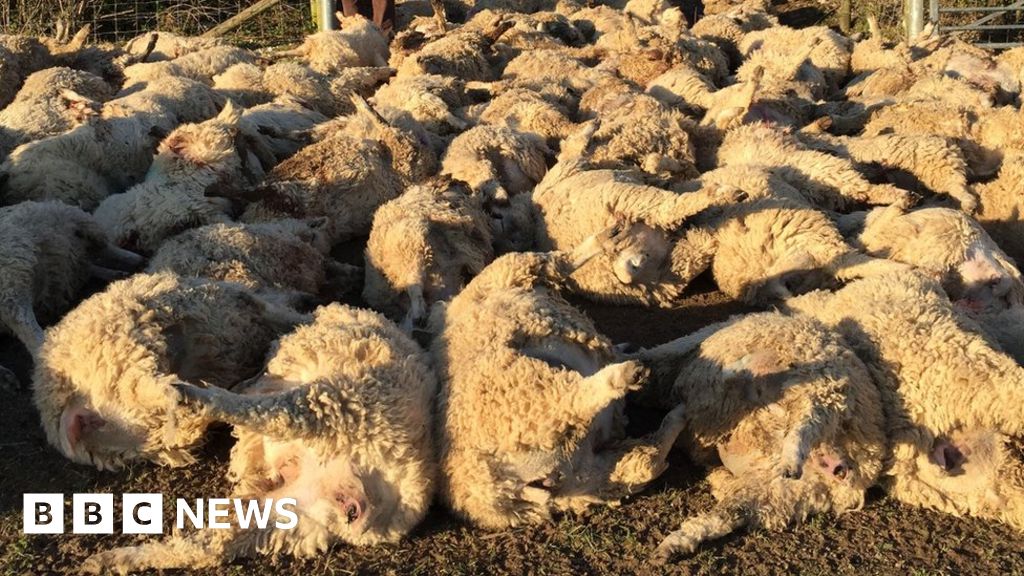
In the Himalayan Mountains, the majority of sheep are killed during the fall hyperphagic period when bears have an insatiable appetite to gain weight before hibernation. In Norway, high levels of depredation are correlated with a large number of sheep grazed near forested areas overnight (4). Most depredation events occur near forest cover with permanent sources of water because this is ideal bear habitat which often overlaps with livestock grazing. Other livestock management characteristics correlated with high predation rates include animals which are untended for long periods and those that are left out at night when the majority of bear attacks occur.Īnother major factor associated with predation is habitat. Lambing and calving areas also have high probabilities of bear predation because newly born animals are easy prey. Sheep are smaller and more vulnerable than cattle with their only defense being their strong flocking instincts.

In almost every country where bears and sheep exist together, sheep account for the majority of livestock killed by bears. Certain livestock operations are also more high risk than others. Bone yards where ranchers deposit carcasses are the main attractant associated with bear conflict. Instead, attacks on agricultural animals are related to livestock management. Data on livestock losses in Europe show that depredation is not the result of large carnivore populations either, as the small population of 25 to 55 bears in Norway kill more livestock than the more than 2,000 bears in Sweden (4). However, in most areas, their diet consists of over 90% vegetation, and depredation does not correlate with the abundance of natural resources indicating that bears do not attack livestock because they are lacking natural sources of food. Because bears have such high resource demands, it may appear that bears kill livestock out of necessity to fulfill their daily energy requirements. During this time they can gain over 3 lbs each day (6). They are also hibernators and must consume huge amounts of food during the fall to gain enough weight to survive winter. What is Causing Bears to Attack Livestock?īears are omnivores meaning that they will eat a variety of foods from plant matter to insects and meat.
Dark sheep attack how to#
People no longer practice traditional methods of livestock management and as a society have effectively forgotten how to coexist with bears. Conflict involving livestock depredation may also be attributed to modern livestock management. This is in part due to re-growth of forested areas throughout North America providing increased bear habitat. Conflict is actually increasing in many areas where bears were once eliminated and have now been reintroduced or are expanding their populations. Conflict between bears and humans is a worldwide problem occurring in “hotspots” where anthropogenic attractants and bear habitat overlap. Bears are particularly large predators with voracious appetites. This competition often involves food resources and in particular livestock. In reality, humans and carnivores are just species which happen to share similar needs for high calorie diets and large amounts of land bringing us into competition with one another. Humans view carnivores as dangerous thieves.

People have a history of exploiting carnivore populations.

Coexistence in a Crowded World: Brown Bears and Livestock Depredation


 0 kommentar(er)
0 kommentar(er)
